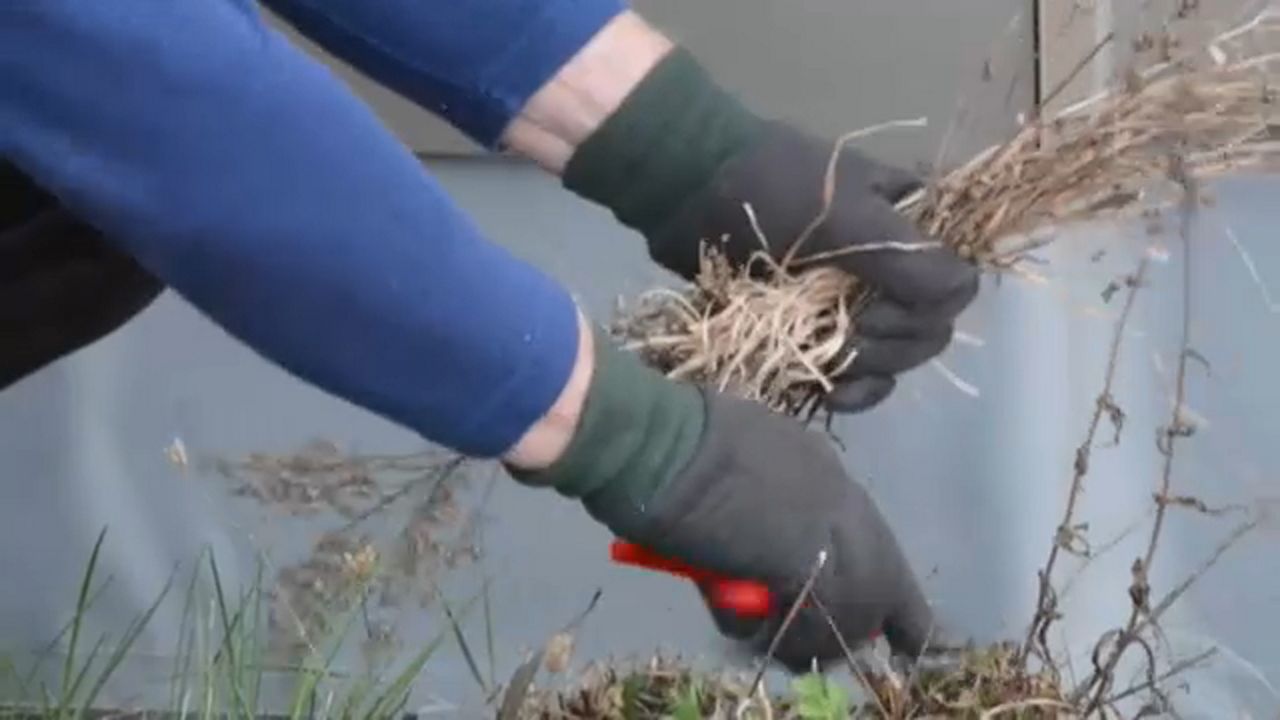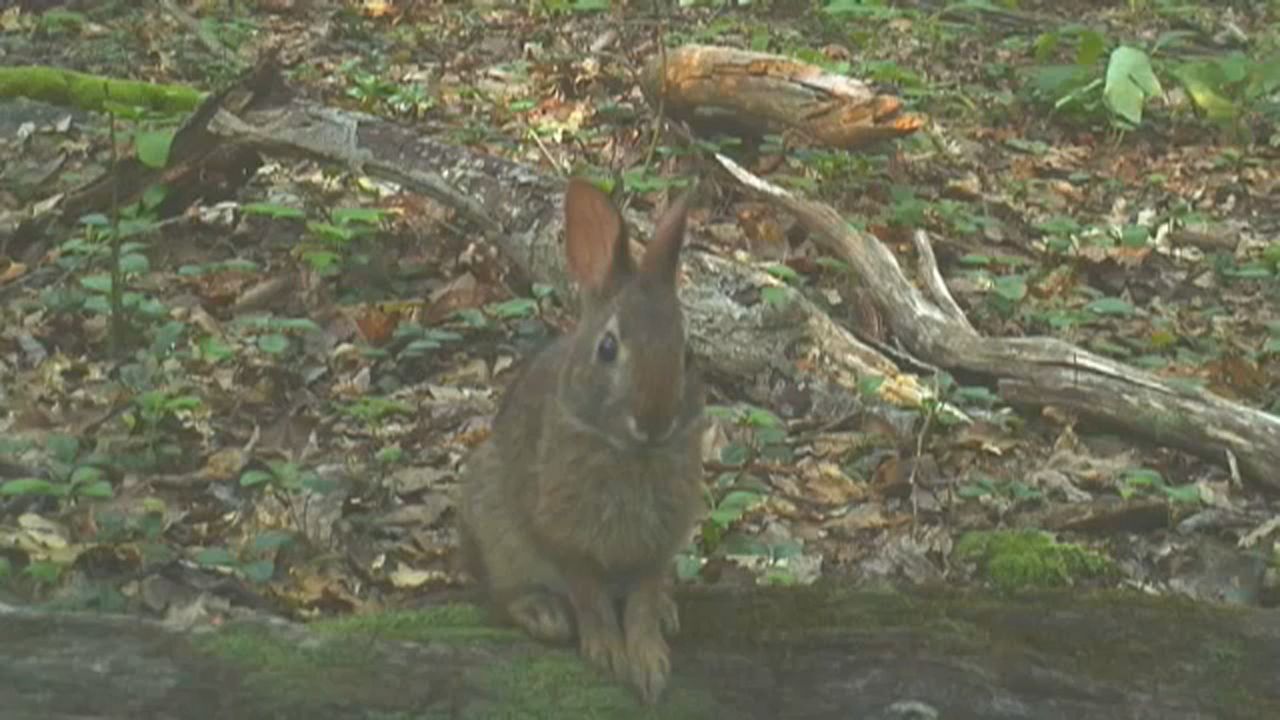A great way to find out what’s happening in the forest is with a motion-activated camera. It's helped with research on loons and fishers in the Adirondack Mountains, but a more generic camera trap project is underway in Heiberg Forest.
"Heiberg Forest is made up of some old farmlands and because of that there are some apple groves mixed in with the hardwood forest," said SUNY College of Environmental Science and Forestry wildlife science major Amy Wittmeyer. "We are analyzing the difference in species use between apple tree groves and hardwood stands."
Eighteen camera traps were set-up at six sites for about two months, leaving Wittmeyer more than 6,000 pictures to go through.
"We got a bunch of different species. We got 10 different mammal species and several bird species," said Wittmeyer added. "Some of the most common species that we got were white tailed deer. We got a couple of pictures of turkeys displaying so that was very interesting. We did get several fishers. We got a lot of mice and lots of red squirrels and chipmunks as well."
The analysis will help with management of the area.
"It helps to know what species are present in an area in case you want to manage the area for timber or water," Wittmeyer said. "It helps to know what species are there or what species you have to write management plans for, and it helps to know the species diversity of an area to see how healthy it can be."
Camera traps can also be helpful and interesting in your backyard to discover what might be living in your neighborhood.
Spectrum News looks at ways to support the environment and
live a more eco-friendly life. Going Green is produced in cooperation
with the College of Environmental Science and Forestry.






